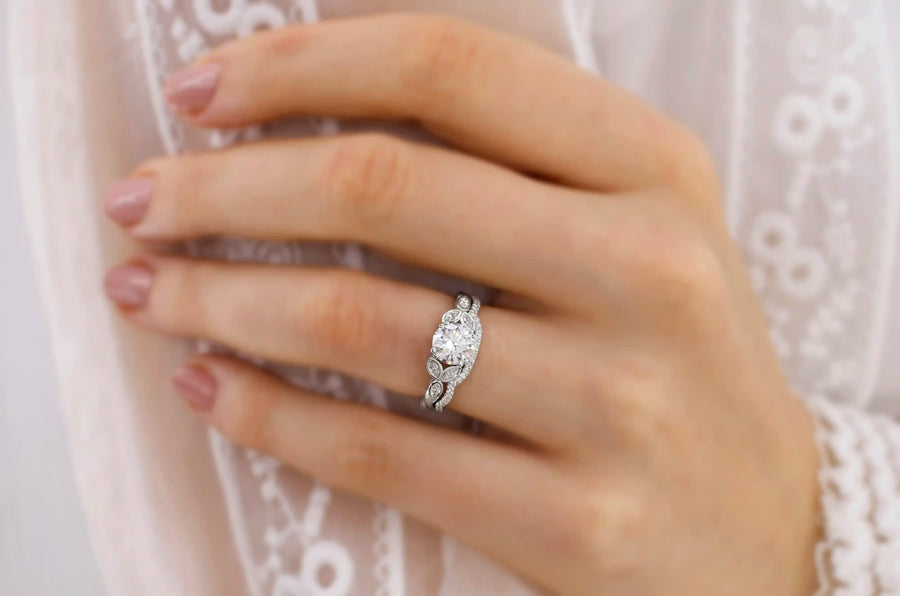Properties of Natural and Synthetic Diamond is a book by John J. Gilson that provides a comprehensive overview of the properties of natural and synthetic diamonds. The book is divided into three parts. The first part, “Introduction,” covers the history of diamonds and their basic properties.
The second part, “Natural Diamonds,” discusses the formation of natural diamonds, their occurrence in nature, and their physical and chemical properties. The third part, “Synthetic Diamonds,” discusses the different methods used to synthesize diamonds, their properties, and their commercial applications.
On page 132 of Properties of Natural and Synthetic Diamond, Gilson discusses the growth of lab diamonds uk. Lab-grown diamonds are created in a laboratory using
high-pressure and high-temperature conditions. They are chemically identical to natural diamonds, but they are grown much faster and more efficiently.
Gilson notes that the UK is a leading producer of lab-grown diamonds. There are a number of companies in the UK that specialize in the growth of lab-grown diamonds, and the UK government has also invested in research and development in this area.
The growth of lab-grown diamonds in the UK is being driven by a number of factors. One factor is the increasing demand for diamonds. Diamonds are a popular gemstone, and the demand for diamonds is growing, especially in emerging markets.
Another factor driving the growth of lab-grown diamonds in the UK is the ethical concerns surrounding natural diamonds. The mining of natural diamonds can have a negative impact on the environment and on local communities. Lab-grown diamonds are a more ethical alternative to natural diamonds.
Finally, the growth of lab-grown diamonds in the UK is being supported by government policies. The UK government has invested in research and development in this area, and it has also provided tax breaks for companies that produce lab-grown diamonds.
The growth of lab-grown diamonds in the UK is expected to continue in the coming years. Lab-grown diamonds are a more ethical and sustainable alternative to natural diamonds, and they are becoming increasingly popular. As a result, the UK is
well-positioned to become a leading producer of lab-grown diamonds in the global market.
Here are some additional thoughts on lab-grown diamonds in the UK:
Lab-grown diamonds are a relatively new product, but they are growing in popularity. They are a good choice for people who are looking for a beautiful and ethical gemstone. The UK is a leading producer of lab-grown diamonds. There are a number of companies in the UK that specialize in the growth of lab-grown diamonds, and the UK government has also invested in research and development in this area.
The growth of lab-grown diamonds in the UK is being driven by a number of factors,
including the increasing demand for diamonds, the ethical concerns surrounding natural diamonds, and government policies that support the growth of this industry.
With the continued growth of the lab-grown diamond industry, the UK is well-positioned to become a leading exporter of lab-grown diamonds in the global market.
In addition to the information provided by Gilson, here are some other things to consider about lab-grown diamonds in the UK:
Lab-grown diamonds are typically much cheaper than natural diamonds. This is because they are grown in a laboratory, which is a more efficient process than mining natural diamonds.
Lab-grown diamonds are just as hard and durable as natural diamonds. They also have the same optical properties, meaning that they sparkle just as much.
Lab-grown diamonds are a more ethical choice than natural diamonds. They do not require mining, which can have a negative impact on the environment and on local communities.
If you are looking for a beautiful, ethical, and affordable gemstone, then lab-grown diamonds are a great option. The UK is a leading producer of lab-grown diamonds, so you can be sure to find a high-quality diamond that is made in the UK.




